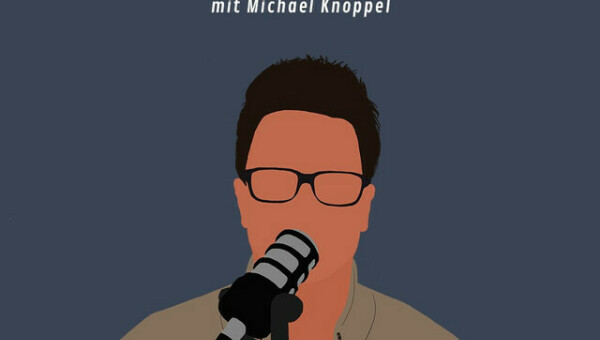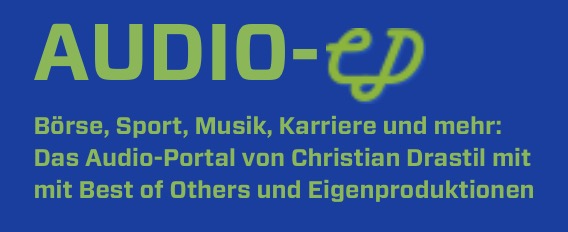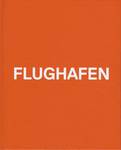19.02.2018, 4028 Zeichen
- Euro Area sustains the pace of its economic expansion: 0.6 % (q/q) GDP growth in Q4 2017.
- In 2017 the Austrian economy expanded by 3.1 % (y/y) surpassing Euro Area economic growth by 0.6 %-points.
The Euro Area’s economic expansion continues to follow a supportive trend. Last week’s Eurostat flash estimate of Gross Domestic Product (GDP) for Q4 2017 has confirmed the preliminary estimate of 0.6 % seasonally adjusted quarter-on-quarter (swda, q/q) growth. Compared to the fourth quarter of 2016, the Euro Area’s economy expanded by 2.7 % (swda, y/y) which translates into an annual growth rate of 2.5 % (swda, y/y) for the whole year of 2017.
Among the bigger Euro Area economies, the growth momentum during the fourth quarter of 2017 was broadly in line with the Euro Area average. The economic expansion continues to be broad based. Germany and France expanded by 0.6 % while the Spanish economy grew slightly above average at 0.7 % (swda, q/q). Only Italy continues to underperform with 0.3 % (swda, q/q) in Q4 2017.
In Austria, the economic expansion is in full swing and outperforms the Euro Area with growth at 0.7 % (swda, q/q). Economic growth continues to be supported by household consumption (1.4 %, y/y). Despite of continued strong export growth (7.3 %, y/y) the positive external effect has reduced significantly due to accelerated import growth (7.4 %, y/y). Investment growth remains robust being supported by a build-up of inventories with gross capital formation growth at 9.3 % (y/y) – Figure 1. While the Euro Area grew at 2.5 % in 2017, the Austrian economy expanded by 3.1 % (swda, y/y) compared to 2016.
CEE: the region shows continued growth momentum.
- Hungary surprised to the upside with year-on-year growth at 4.8 % (seasonally adj.) in Q4 2017.
- Romania was the fastest growing economy in 2017 with GDP growth at 6.9 % (y/y).
Besides the economies of the Euro Area, also the economies of Central and Eastern Europe (CEE) released flash estimates of GDP during the fourth quarter of 2017. Overall, the Q4 GDP estimates reflect the favorable economic conditions in the CEE region – Figure 2. Probably the biggest surprise was Hungary, where GDP expanded by 1.3 % (swda, q/q) compared to Q3 2017 and 4.8 % (swda, y/y) compared to Q4 2016. Romania, on the other hand, experienced a deceleration of economic growth with 0.6 % (q/q) GDP growth after a very strong third quarter at 2.4 % (q/q). Hence, Romania still has the highest year-on-year growth rate in the whole region at 7 % (Q4 17). The GDP growth figures of the Czech Republic (5.1 %, y/y), Poland (4.3 %), Slovakia (3.6 %) and Bulgaria (3.6 %) were all in-line with the growth acceleration during the previous quarters.
In Serbia, which reported 2.5 % (y/y, nsa) GDP growth during Q4, growth picked up from quarter to quarter starting at 1.1 % (y/y) in Q1 2017. For the total of last year, Serbia’s economy expanded by 1.8 %. In contrast to that year-on-year growth slowed down in Ukraine, reporting 1.8 % (nsa, y/y) growth in Q4 2017.
In 2017 economic growth was favorable, indeed. However, looking at long-term, or potential, growth also shows that the cyclical upswing in 2017 was not enough to push potential growth to levels seen before the financial crises – Figure 3. Even though, potential growth has accelerated recently none of the countries are projected to connect to the previous highs in growth potential. The IMF’s advice at the World Economic Forum in Davos to use the current favorable economic conditions to tackle existing structural weaknesses and, through this mechanism push potential growth, was, therefore, well placed. The latest Transition Report 2017-18 by the European Bank for Reconstruction and Development has identified similar challenges for the CEE region, arguing that economic growth based on technological transfer has come to an end. The region needs to implement a growth model based on innovative capability to escape the middle-income trap. Policy-makers would, therefore, be wrong to rest on current GDP data.

Wiener Börse Party #630: Zu Mittag kündigt sich zweitschwächster Handelstag 2024 an, Hoffnung bei Polytec und Marinomed
Bildnachweis
1.
Austria: Contributions to GDP growth
2.
CEE: Quarterly GDP growth in 2017
3.
Potential GDP Growth
4.
Interest Rates
Aktien auf dem Radar:Rosenbauer, SBO, Polytec Group, Austriacard Holdings AG, Addiko Bank, Flughafen Wien, EVN, Telekom Austria, Immofinanz, VIG, Bawag, Erste Group, Marinomed Biotech, Uniqa, Cleen Energy, Kostad, Lenzing, Porr, voestalpine, Warimpex, Oberbank AG Stamm, Amag, Pierer Mobility, Palfinger, Agrana, CA Immo, Kapsch TrafficCom, Österreichische Post, Strabag, Wienerberger.
Random Partner
Semperit
Die börsennotierte Semperit AG Holding ist eine international ausgerichtete Unternehmensgruppe, die mit ihren beiden Divisionen Semperit Industrial Applications und Semperit Engineered Applications Produkte aus Kautschuk entwickelt, produziert und in über 100 Ländern weltweit vertreibt.
>> Besuchen Sie 68 weitere Partner auf boerse-social.com/partner



Latest Blogs
» Wiener Börse Party 2024 in the Making, 14. April (Cin Cin)
» BSN Spitout Wiener Börse: 11 ATX-Titel year-to-date im Plus, 9 im Minus
» Österreich-Depots: Korrektur (Depot Kommentar)
» Börsegeschichte 16.4.: Immofinanz, Verbund (Börse Geschichte) (BörseGesc...
» Zahlen von Marinomed und Agrana, Research zu Polytec, DO&CO-Wandlungen, ...
» Wiener Börse Party #630: Zu Mittag kündigt sich zweitschwächster Handels...
» Nachlese: Wienerberger 155, B&C überlegt Changes, Live-Blick auf fallend...
» Wiener Börse zu Mittag schwach: Warimpex, Verbund, Polytec gesucht, DAX-...
» Börsenradio Live-Blick 16/4: DAX und ATX verlieren im Frühgeschäft deutl...
» ABC Audio Business Chart #100: Worüber sich CEOs den Kopf zerbrechen (Jo...
Useletter
Die Useletter "Morning Xpresso" und "Evening Xtrakt" heben sich deutlich von den gängigen Newslettern ab.
Beispiele ansehen bzw. kostenfrei anmelden. Wichtige Börse-Infos garantiert.
Newsletter abonnieren
Runplugged
Infos über neue Financial Literacy Audio Files für die Runplugged App
(kostenfrei downloaden über http://runplugged.com/spreadit)
per Newsletter erhalten
| AT0000A2U2W8 | |
| AT0000A2TVZ9 | |
| AT0000A2QS86 |
- Wiener Börse Party 2024 in the Making, 14. April ...
- Hypo OÖ bietet digitale und zeitsparende Abwicklu...
- A1 Telekom Austria legt im 1. Quartal bei Umsatz ...
- BSN Spitout Wiener Börse: 11 ATX-Titel year-to-da...
- Wiener Börse: ATX am Dienstag deutlich schwächer,...
- Wiener Börse Nebenwerte-Blick: UBM am Dienstag Ta...
Featured Partner Video

Tennis in vielen Varianten
Das Sporttagebuch mit Michael Knöppel - 4. April 2024 E-Mail: sporttagebuch.michael@gmail.com Instagram: @das_sporttagebuch Twitter: @Sporttagebuch_
Das Sporttagebuch mit Michael Knöppel - 4. A...
Books josefchladek.com

Spurensuche 2023
2023
Self published

On the Verge
2023
Void

erotiCANA
2023
in)(between gallery







 Kazumi Kurigami
Kazumi Kurigami Jerker Andersson
Jerker Andersson Vladyslav Krasnoshchok
Vladyslav Krasnoshchok Stefania Rössl & Massimo Sordi (eds.)
Stefania Rössl & Massimo Sordi (eds.) Andreas Gehrke
Andreas Gehrke Helen Levitt
Helen Levitt